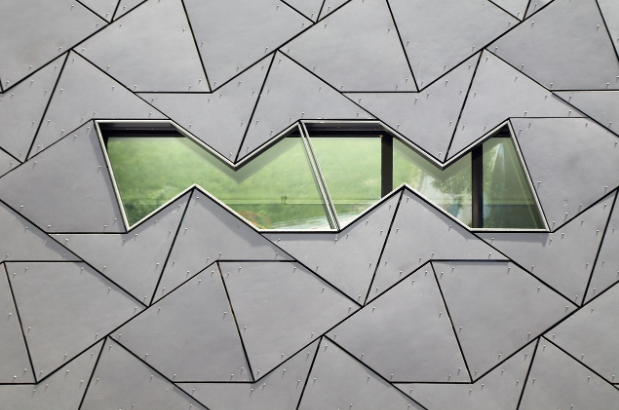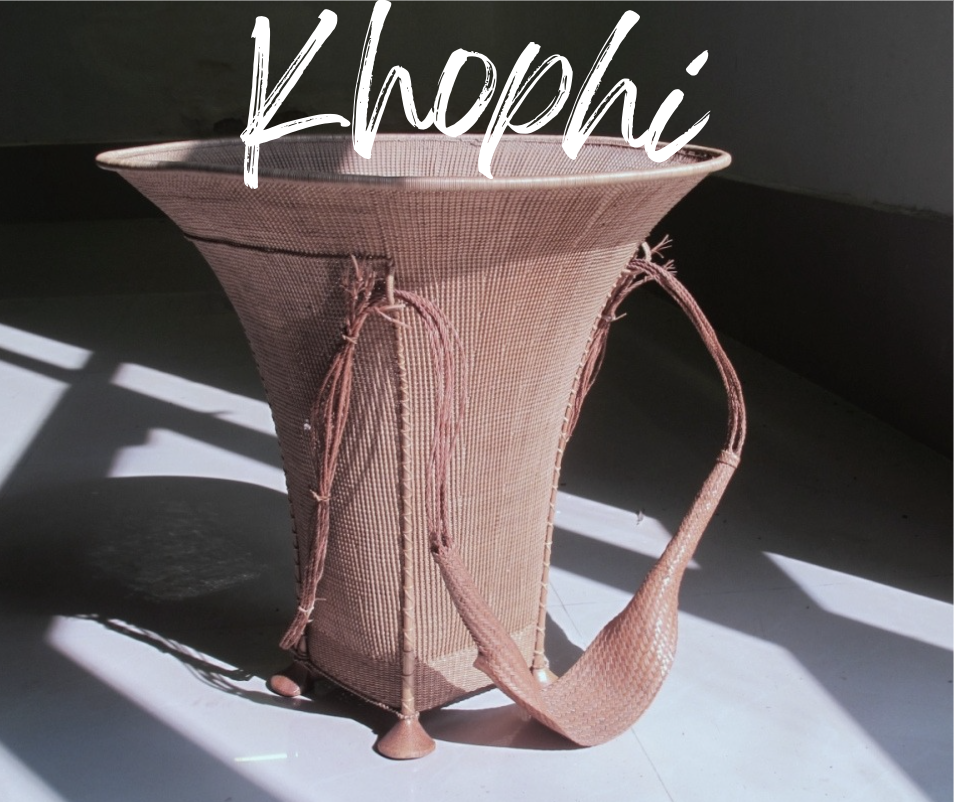Top 10 Products To Source From Nepal
Nov 22, 2021 | Saman Roka
 Nepal has been at the top of their game when it comes to producing top quality handmade crafts. Throughout the years trends have come and gone, which have both influenced new products as well as rejected outdated ones. Listed below are ten products that are responding well to the current demands of the market.
Nepal has been at the top of their game when it comes to producing top quality handmade crafts. Throughout the years trends have come and gone, which have both influenced new products as well as rejected outdated ones. Listed below are ten products that are responding well to the current demands of the market. 10. Wooden Statues and Woodcraft
Nepal has a longstanding relation with wood. So much so that the capital of Nepal, Kathmandu, actually means Wooden (kath) Pavilion (mandu) in English. In earlier centuries craftsmen used to be assigned massive projects, by the ruler of the state/nation, to build buildings and temples.
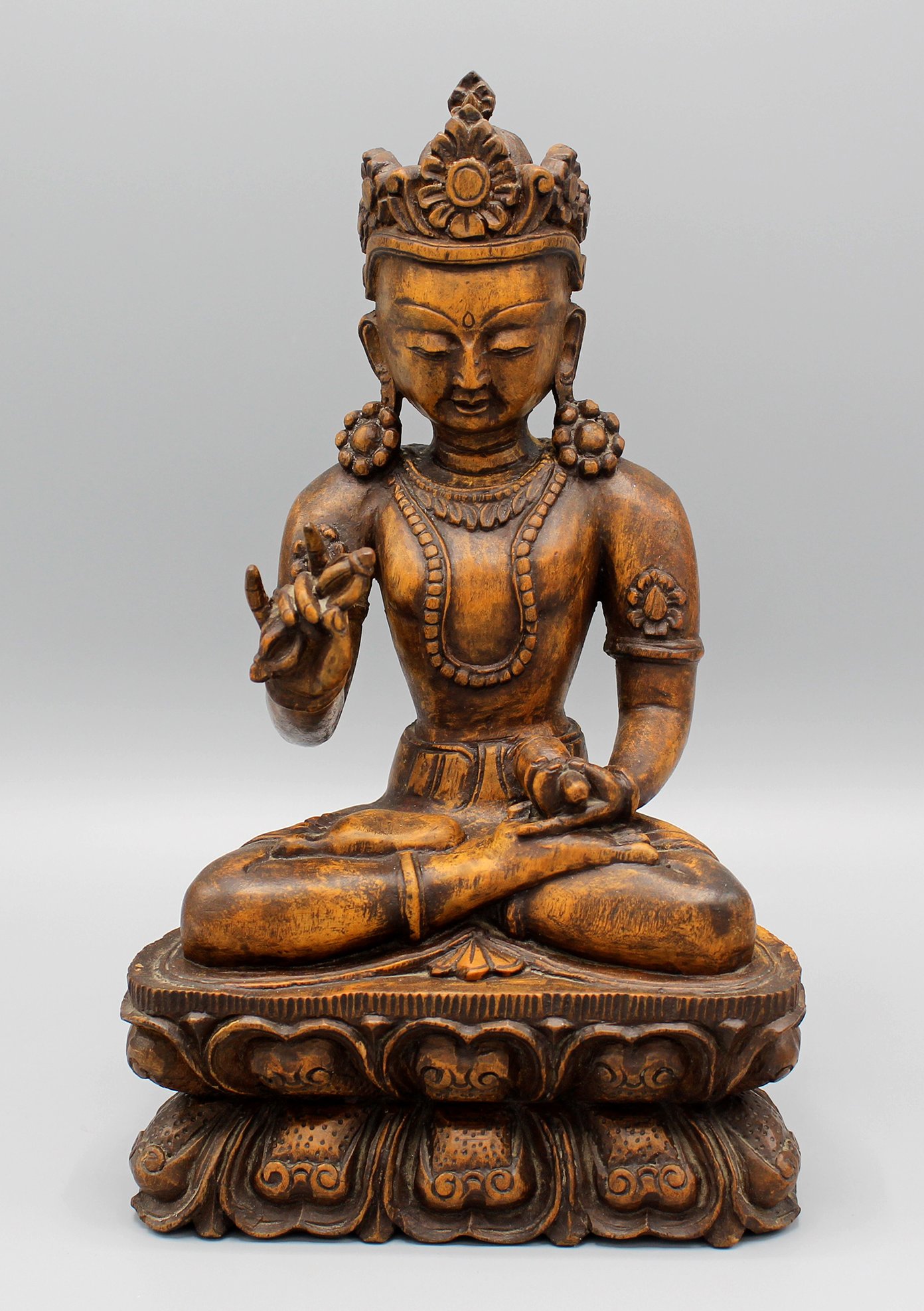
In modern times however, the skill has gravitated towards producing smaller consumer goods at greater quanitites which can then be exported globally. This has worked really well with the likes of religious statues and carvings which have gained massive popularity in the international market due to the intricate designs.
9. Nepalese Pashmina
Nepalese Pashmina is often considered the diamond fiber because of its soft and delicate properties. It is sourced from a Chyangra goat which is native to the Himalayan Belt; 10,000 ft above sea level.

Pashmina from Nepal has been worn by Queen Elizabeth II and many celebrities and fashion designers. The popularity of Pashmina saw Nepal diversifying its Pashmina products to shawls, stoles, blankets, scarves, sweaters, cardigans etc.
At the point of sourcing, to weaving, to the final result, everything is done the traditional way to maintain the exquisite craftsmanship of Nepalese standard. This has established “Nepalese Pashmina” worldwide as the most precious possession.
8. Singing Bowls
Tibet and Nepal influence each other when it comes to art and tradition. Singing bowl is a testament to this relationship. Singing bowl is an ancient method of regeneration. The sound that these bowls create harmonizes and allows deep relaxation of both sides of the brain.
On YouTube you can find many channels with videos that go on for hours long with this sound. Singing bowls have become one of the staple instruments for wellness as they are often used during meditation and yoga.
7. Hemp Clothing and Accessories
Hemp is a plant class of Cannabis sativa. Because it contains less than 1% THC it is suitable for industrial crops. The majority of rural parts of Nepal still depend on agriculture for their livelihood. Hemp is one of the crops that people have relied on for centuries in Nepal. Not only cultivation but also the craft of weaving has been passed down through centuries, similar to that of Pashmina. Today, the same Hemp is being used to create bags and hats as well as clothes and is exported widely throughout the world.
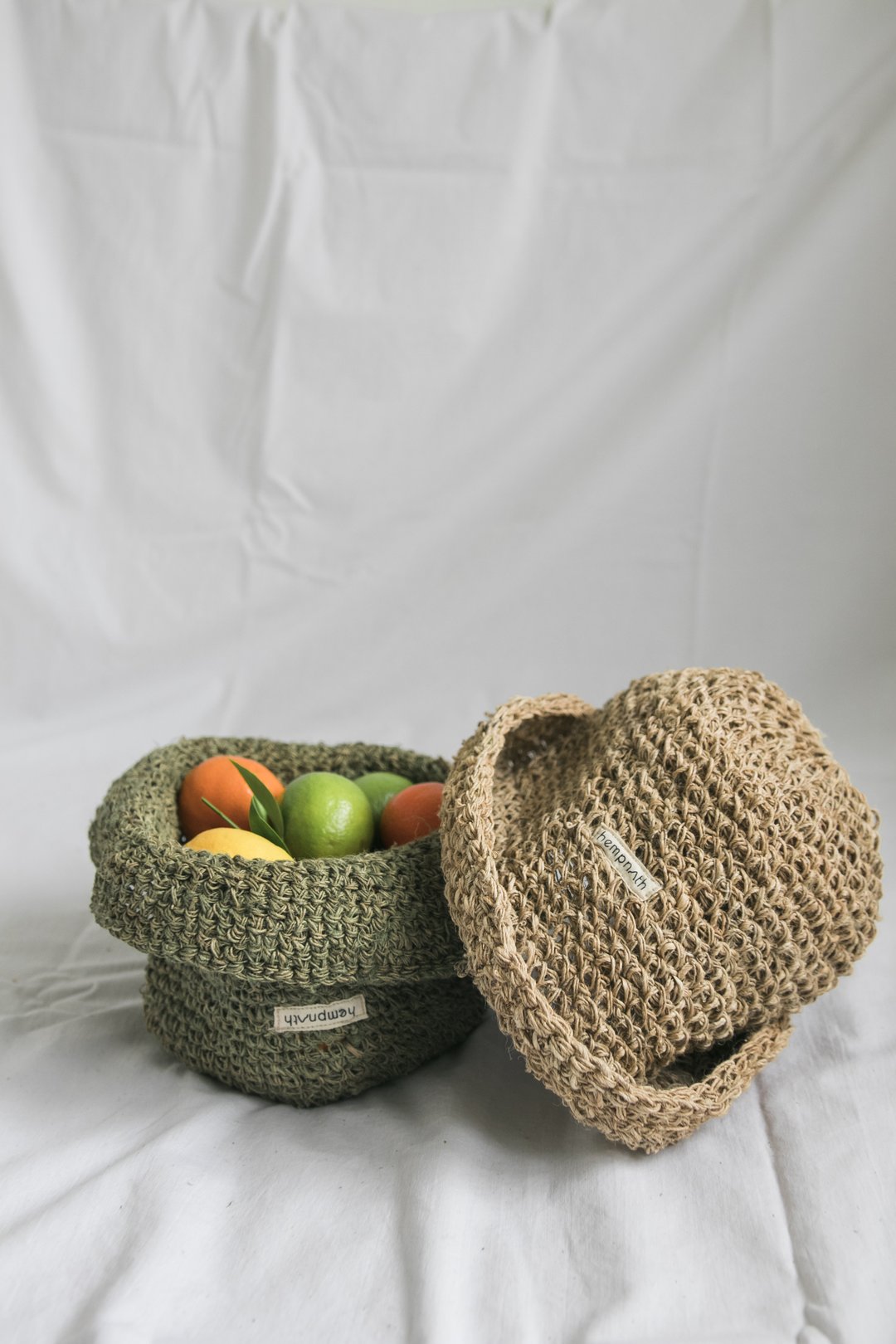
6. Incense and Burners
Incense in Nepal can be found in the form of rope, cones, sticks and powders. Then you have the handcrafted burners made of wood, ceramic and copper. Many of the incenses made in Nepal have been influenced by the Tibetan medical system.
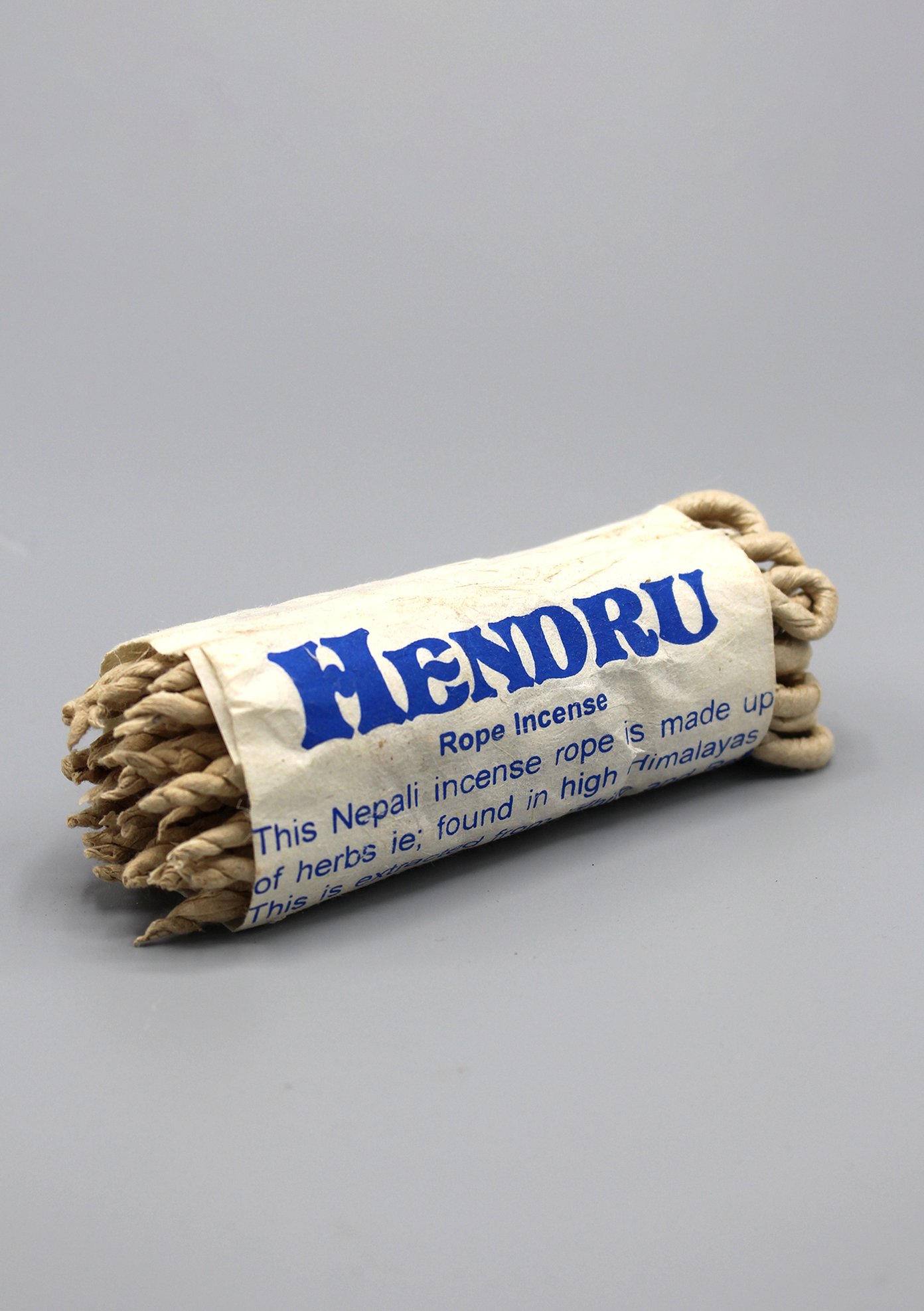
Incenses' purposes vary from treating colds to alleviating stress and anxieties. Incenses are created from raw materials. They are often used for meditation and often show good results in bringing peace and calm to the person using them.
5. Prayer Flags
Prayer flags can be seen around all monasteries in Nepal. They are also hung during auspicious days by all Himalayan people. Himalayan communities like Sherpa, Yolmo, Tamangs, Limbu, Rai & Tibetan believe that these symbols protect from bad evil spirits.
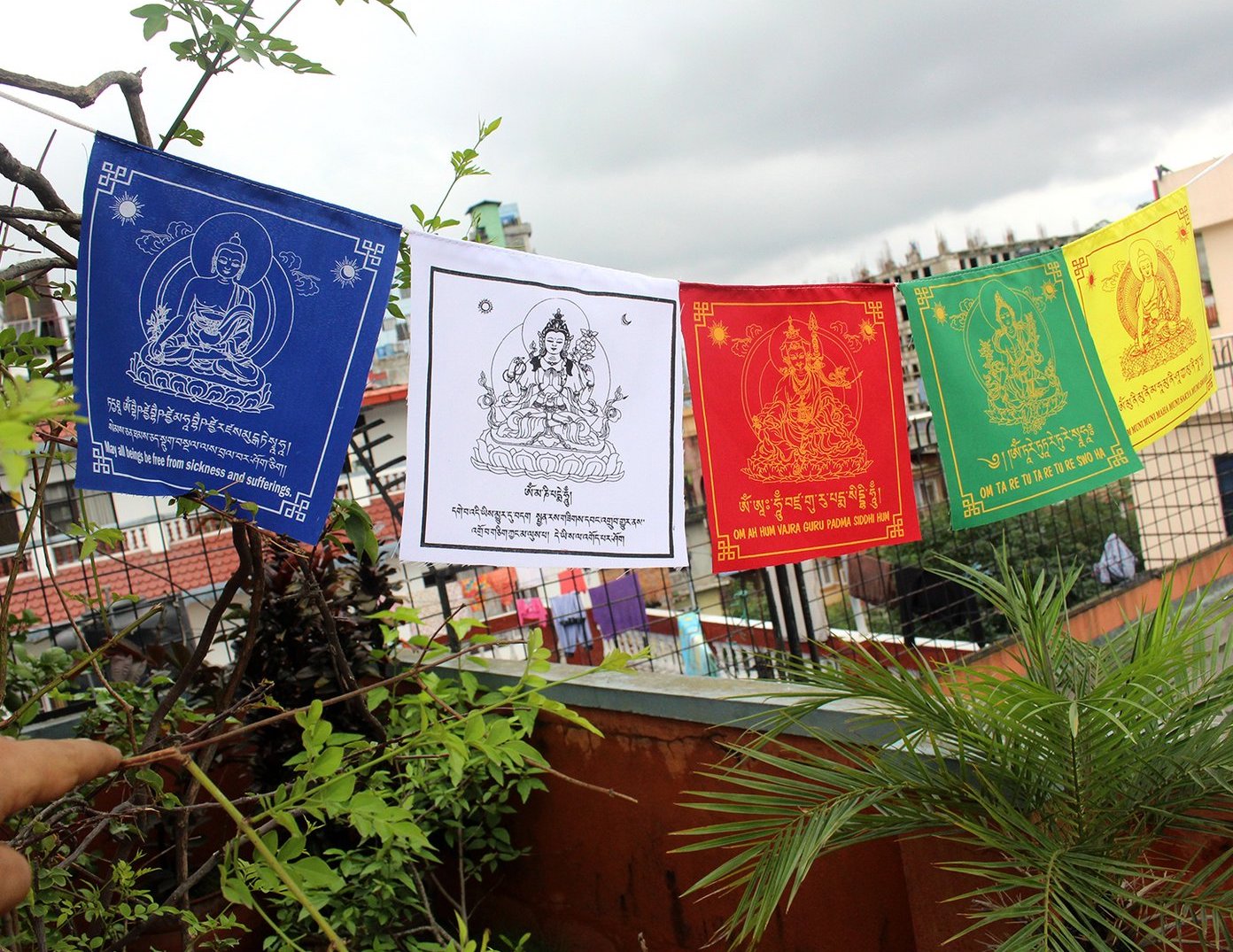
People who have visited Nepal have adored the idea of having these colourful prayer flags to keep the evil spirits away. Many take them to hang around their home and garden.
4. Thangka Paintings
Thangka paintings can be depictions of various deities but the technique and method of creating them remains the same, from the initial stage of hand drawing onto primed cotton canvas to using mineral and vegetable pigments to paint.
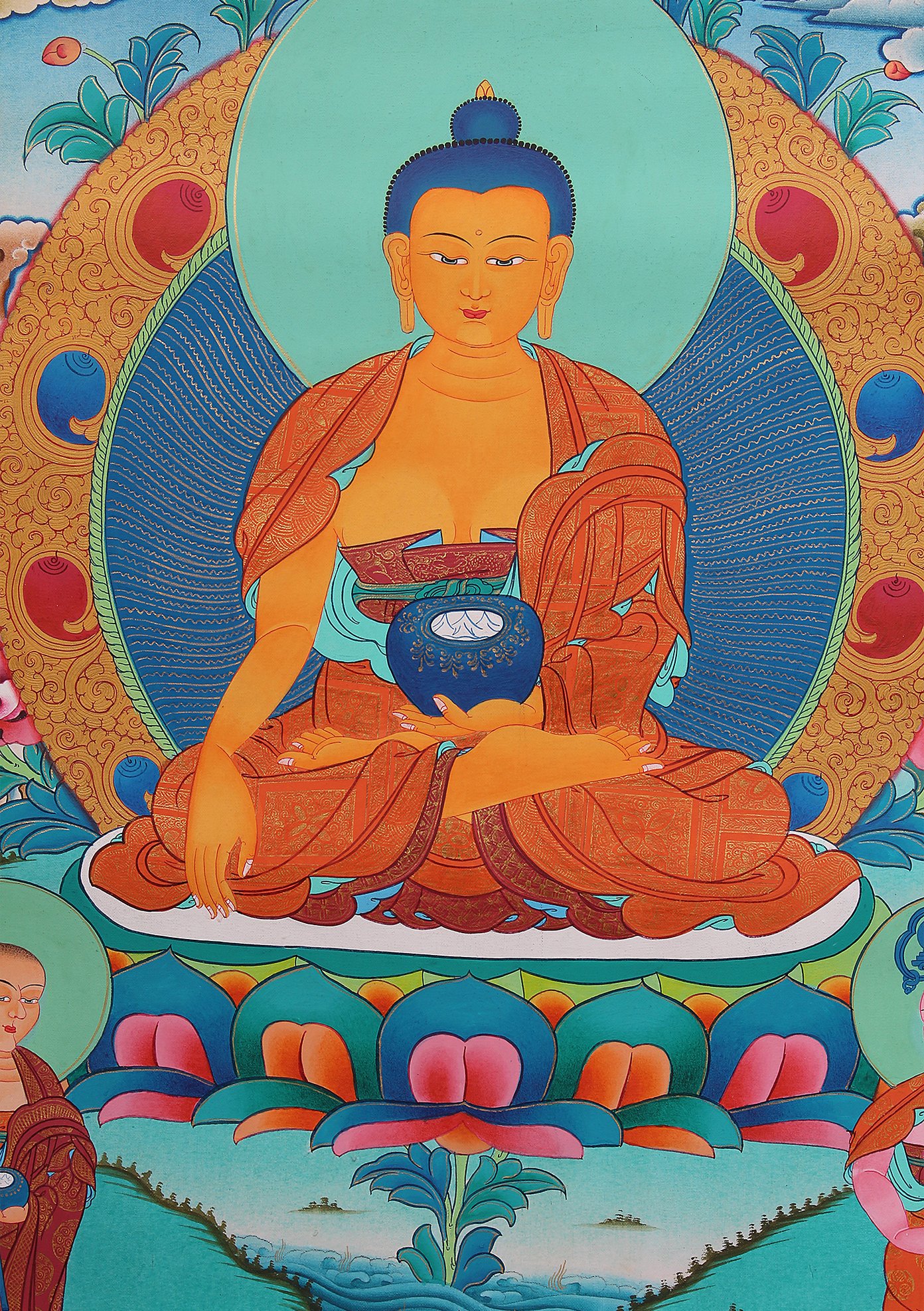
Thangkas are so carefully crafted that a single piece can take up to a year and a half to paint. Only seasoned veterans can craft the best of these paintings. Due to their intricate details they are loved by all who set their eyes upon them.
3. Masks
Masks are the results of multi-layered aspects of the Newari culture in Nepal. Often used in a dance performance during a festival, these masks are meant to give a tangible form for invisible spirits and deities.
During one of these dance performances, you are bound to see animal characters, demons and spirits; all given a form through these masks. These festivals attract major attention from locals and tourists alike. These are often created by Newari artisans to be sold domestically and internationally.
2. Felt
This is widely used to make children’s toys. However, you can also see its use in bags and rugs. The majority of the felt goods in the world have been exported out of Nepal and the market continues to grow.
Felt from Nepal has seen continued rise in export despite the challenges posed by the pandemic. The country reported almost £17 million worth of exports during the first 8 months of the fiscal year.
Felt is produced in other countries too, but the competitive pricing of Nepali felt products has helped them take the limelight.
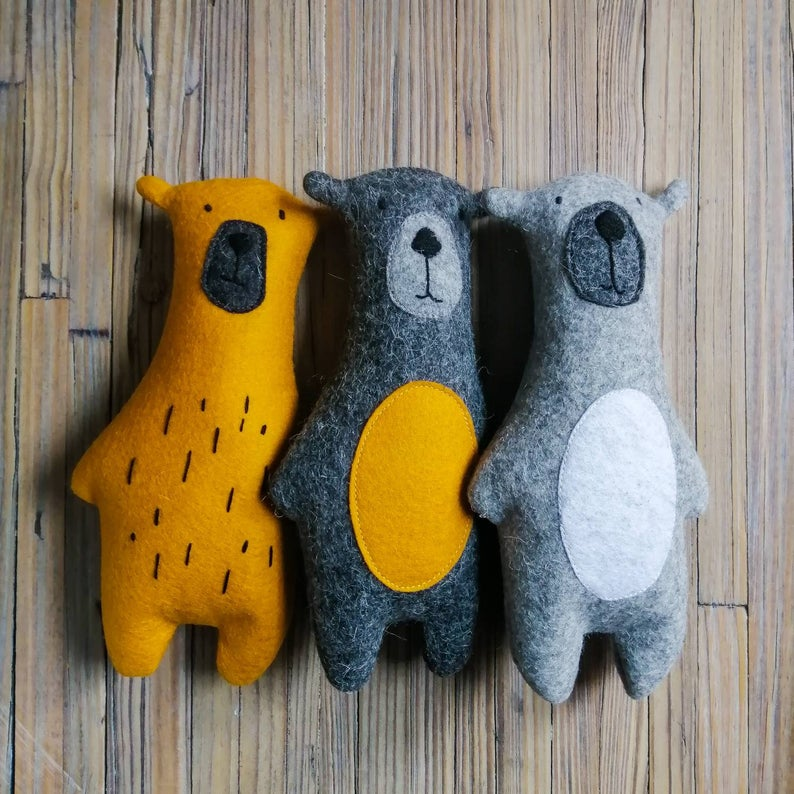
1. Allo Fabric
Allo is a Himalayan nettle which grows in high altitudes of 1,500-3,000 metres. This nettle is cultivated by the natives of the Himalayan regions Rai, Gurung and Magar who spin, warp and weave to produce the final product.
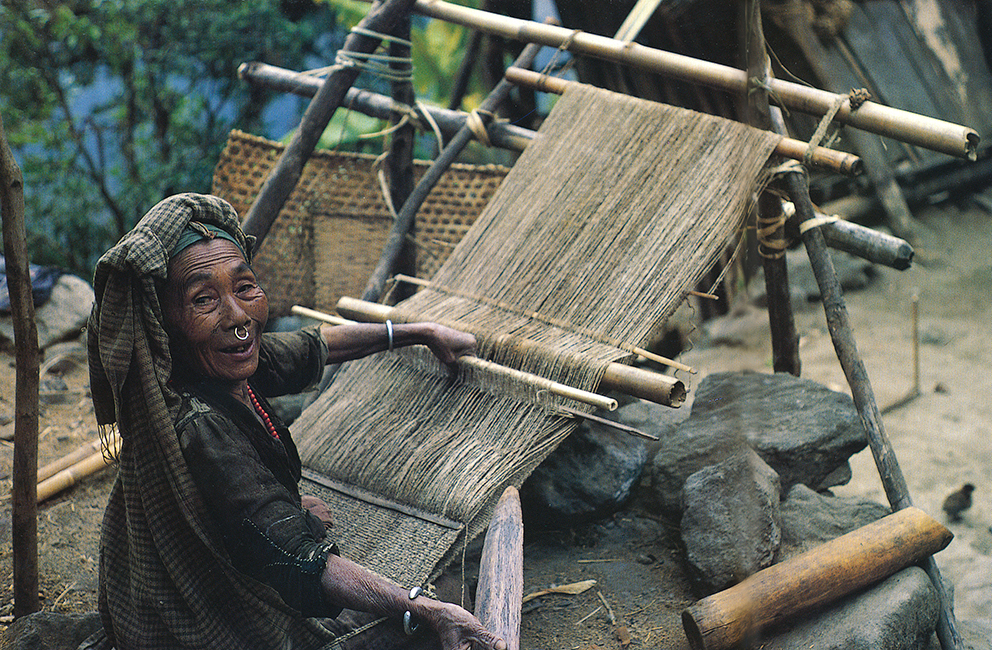
Allo has been produced in Nepal since ancient times but only now it has explored innovative ways of use. This is thanks to the interest from international artisans and designers. A good example is Marina Vaptzarova who is bringing her own twist to Allo by turning it into luxurious journals. Similarly, Pangaia, a creative fashion house is another brand which is leading the frontier in the use of sustainable materials; will Himalayan nettle being the primary material choice in their most recent collection. You can read more on this here.
The fabric part of Allo comes from its stem, which is well known for its strength, smoothness and lightness. However, its main attractiveness lies in its natural colour and touch. Allo has been investigated as a potential sustainable luxury fabric.
Recommended
